Description
StarrBot Occupancy Sensor – Advanced Human Presence Detection
StarrBot has launched an innovative occupancy sensor designed to detect human presence using advanced heartbeat and breath movement detection technology. Unlike traditional motion sensors, this device can detect occupancy even when a person is sleeping or sitting still, making it ideal for applications requiring high precision and reliability.
Widely used in bathrooms, classrooms, hotel rooms, office cabins, bedrooms, and living rooms, the StarrBot Occupancy Sensor also integrates seamlessly with building automation systems, optimizing lighting, HVAC, and security operations for enhanced energy efficiency and user convenience.
Key Features:
✔ Heartbeat & Breath Detection – Accurately detects human presence, even in still conditions.
✔ Energy Efficiency – Automatically turns off lights and HVAC when a space is unoccupied, reducing energy consumption.
✔ Security Enhancement – Helps detect unauthorized access or movement in restricted areas.
✔ Smart Automation Integration – Compatible with building management systems for seamless control.
✔ Multiple Detection Technologies – Offers enhanced precision by utilizing advanced sensor types.
✔ Versatile Applications – Suitable for homes, offices, hotels, retail spaces, and industrial buildings.
Types of Occupancy Sensors & Their Applications:
1. Passive Infrared (PIR) Sensors:
🔹 Detect motion using infrared energy emitted by people.
🔹 Best for offices, restrooms, and corridors where there is a clear line of sight.
2. Ultrasonic Sensors:
🔹 Emit ultrasonic sound waves and detect changes in frequency caused by movement.
🔹 Ideal for areas with partitions or obstacles, such as open-plan offices and conference rooms.
3. Dual Technology Sensors (PIR + Ultrasonic):
🔹 Combines PIR and ultrasonic detection to reduce false positives.
🔹 Suitable for classrooms, meeting rooms, and auditoriums where accuracy is crucial.
4. Microwave Sensors:
🔹 Uses microwave signals to detect motion, even through walls and obstructions.
🔹 Ideal for large areas like warehouses and industrial spaces.
5. Image Processing Sensors:
🔹 Uses cameras and AI algorithms to analyze images and determine occupancy.
🔹 Best for airports, shopping malls, and high-security zones.
Applications of StarrBot Occupancy Sensors:
✔ Energy Savings – Optimizes lighting and HVAC, significantly reducing electricity costs.
✔ Enhanced Security – Detects movement in restricted or sensitive areas for improved surveillance.
✔ User Convenience – Automates environmental controls for an intuitive user experience.
✔ Regulatory Compliance – Helps buildings meet energy efficiency standards and certifications.
Considerations for Choosing the Right Occupancy Sensor:
📌 Area Size & Layout – Choose the right sensor type based on the space’s dimensions.
📌 Sensor Placement – Position sensors correctly to maximize coverage and accuracy.
📌 Sensitivity & Range – Select a sensor with the appropriate detection range.
📌 Integration – Ensure compatibility with existing building automation systems.
Why Choose StarrBot Occupancy Sensors?
The StarrBot Occupancy Sensor is engineered for maximum efficiency, precision, and reliability. Whether used for smart home automation, energy conservation, or security, it provides a seamless experience that adapts to your needs.
Upgrade your space today with StarrBot’s cutting-edge occupancy sensors – the future of intelligent building solutions!



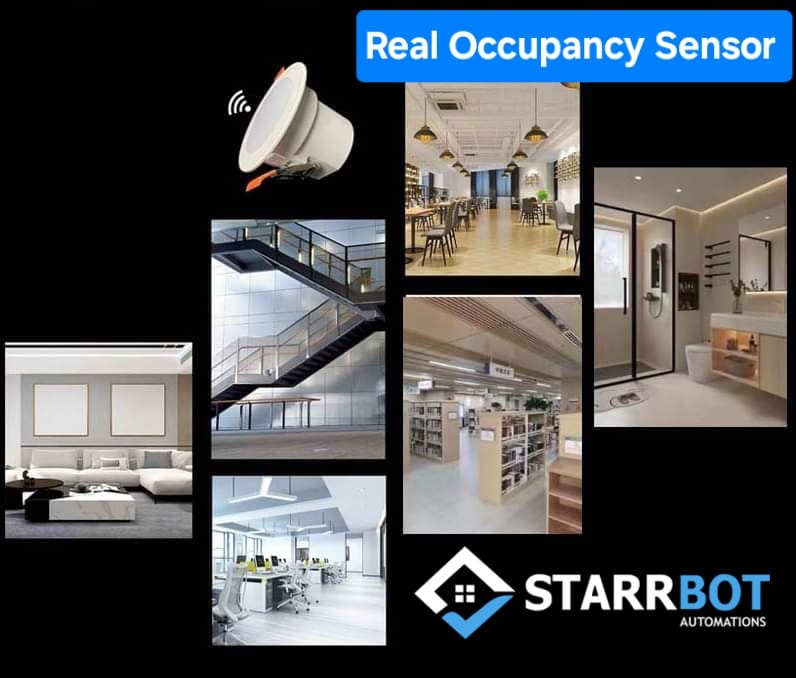
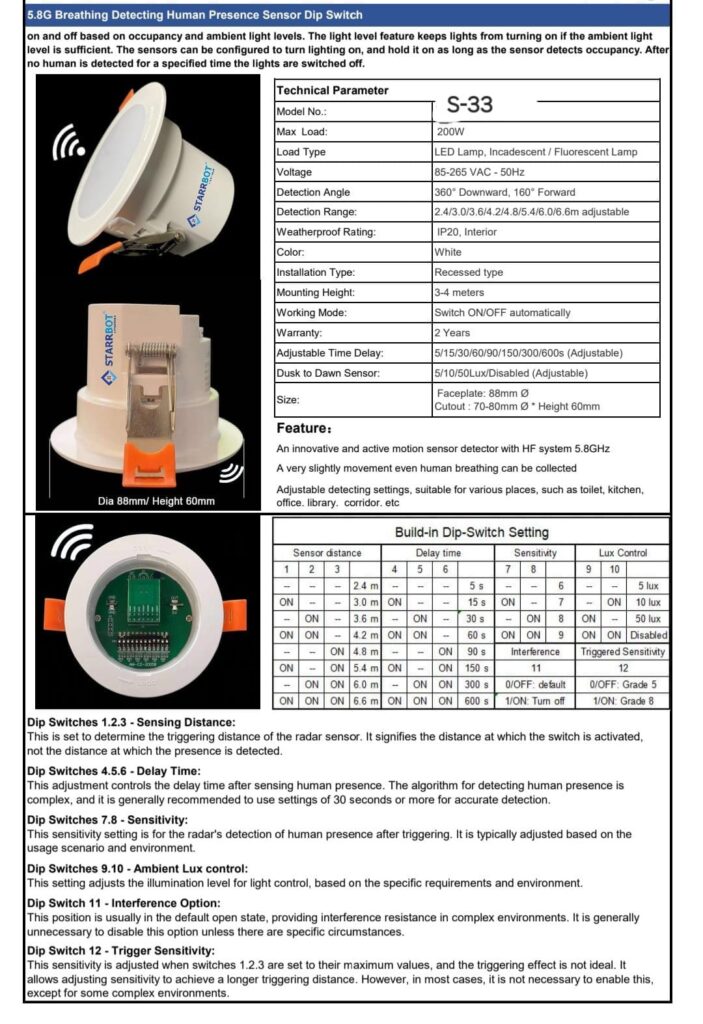
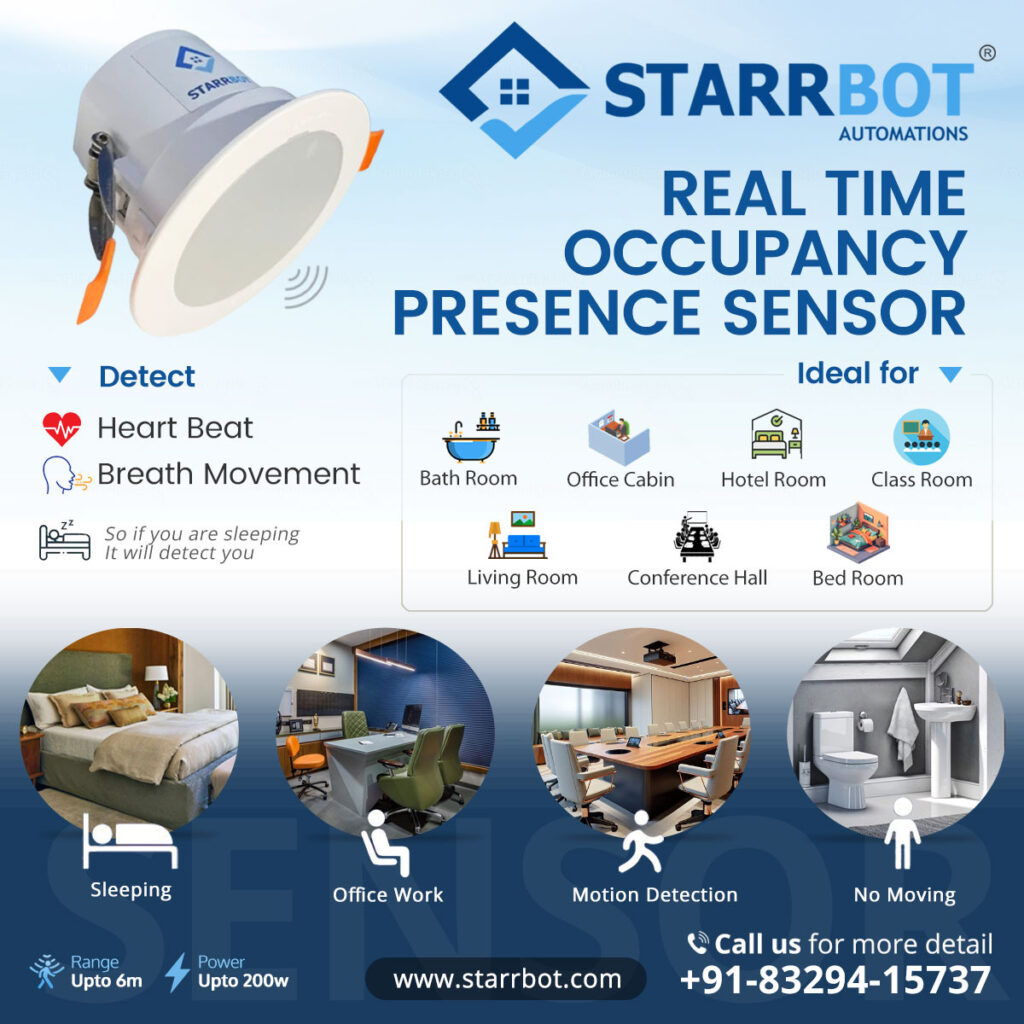


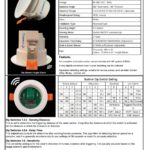
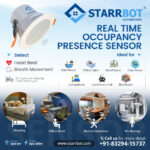
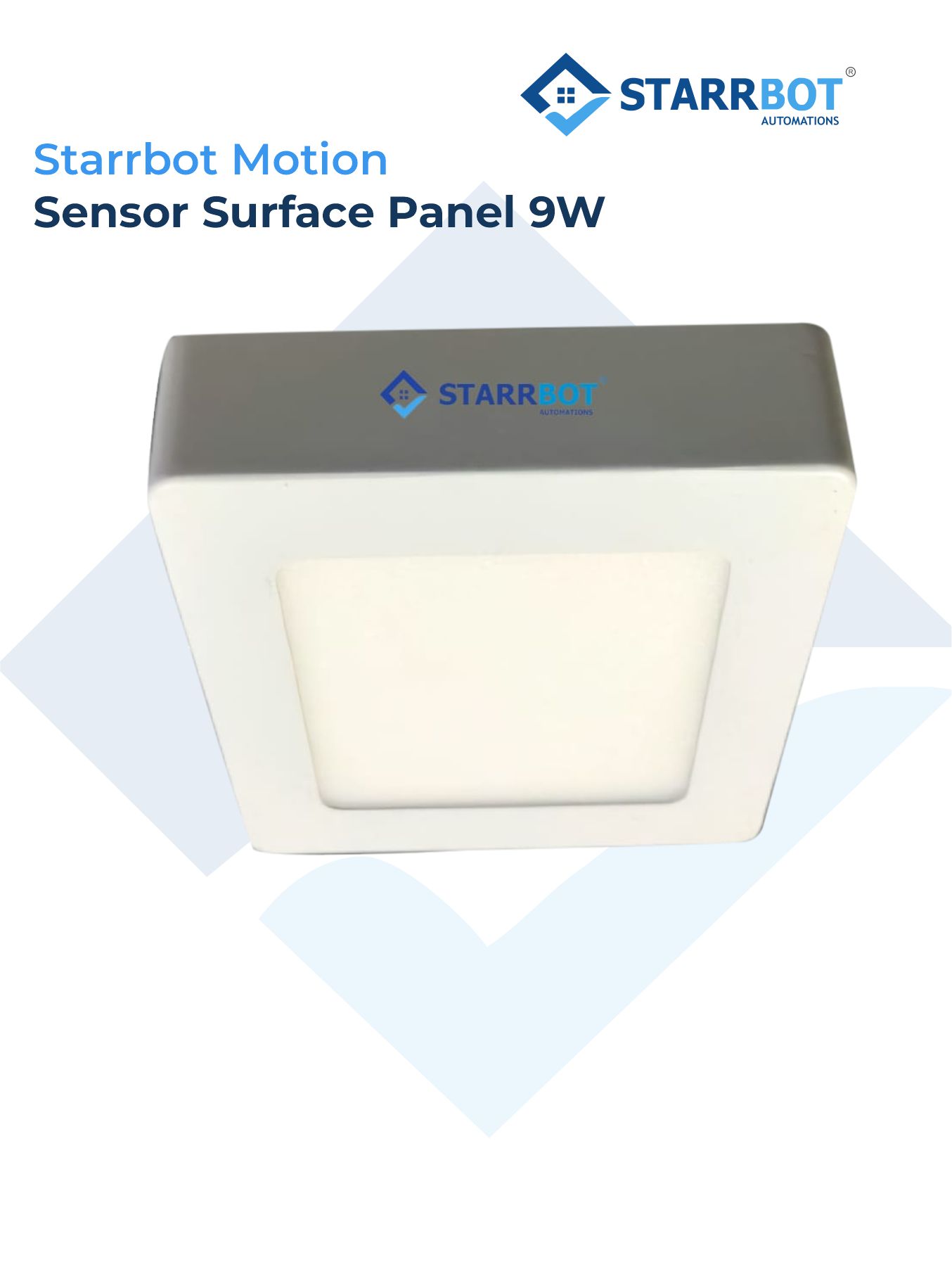
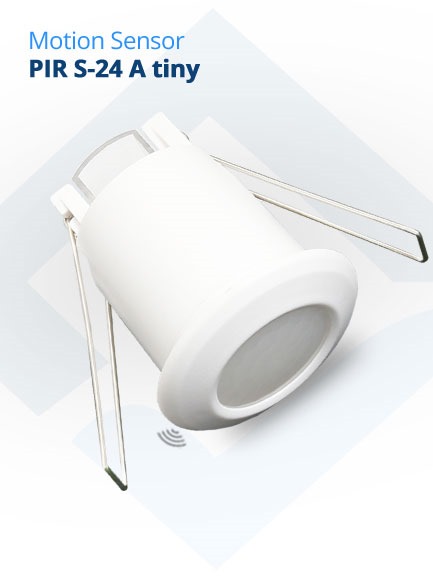
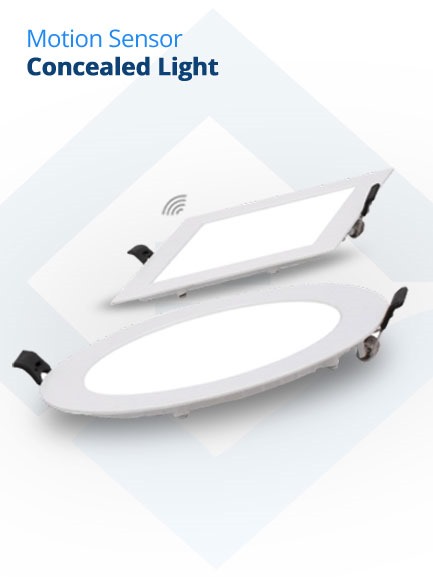

Reviews
There are no reviews yet.